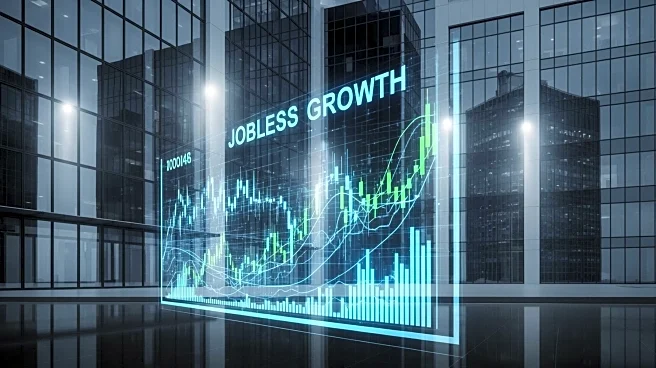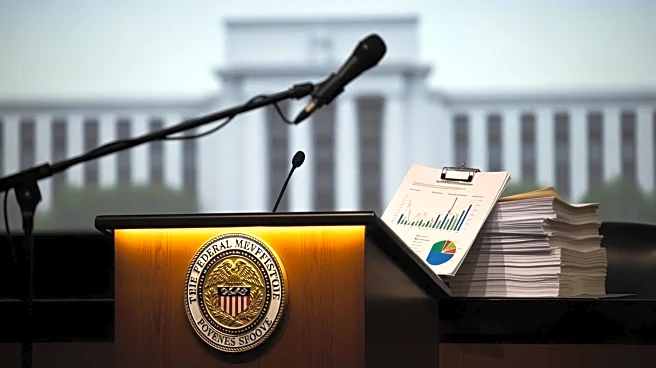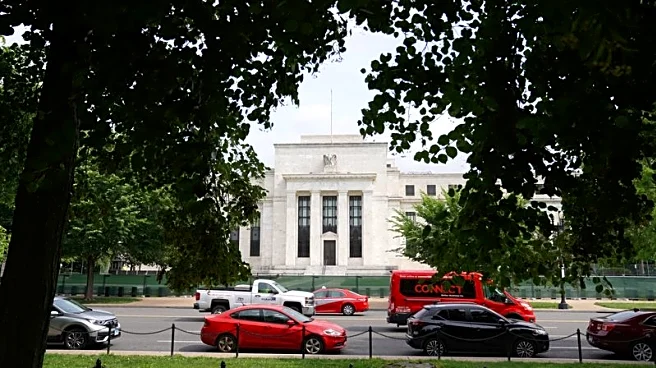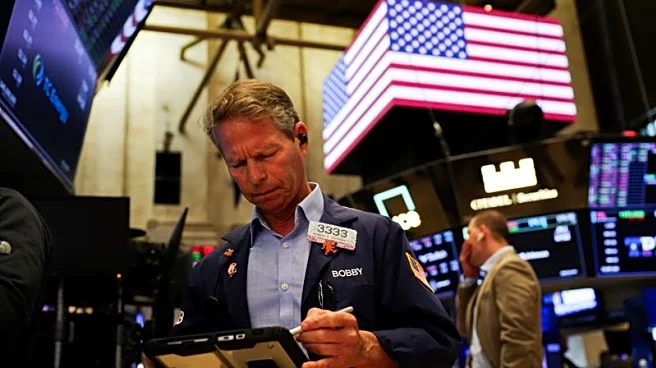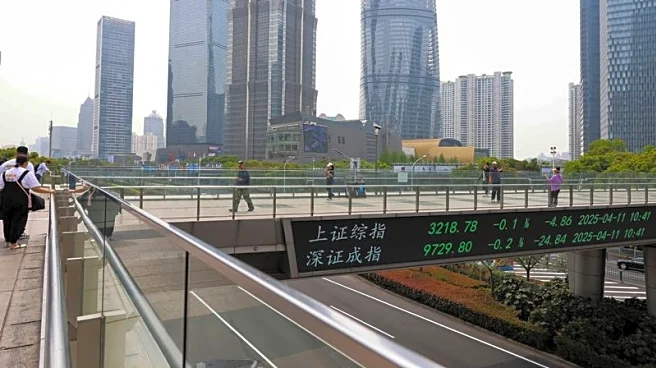What's Happening?
Goldman Sachs economists David Mericle and Pierfrancesco Mei have identified a trend of 'jobless growth' in the U.S. labor market, particularly affecting Gen Z. This phenomenon, described as a 'low-hire,
low-fire' labor market by Federal Reserve Chair Jerome Powell, is characterized by robust GDP growth driven by productivity improvements, largely due to rapid AI adoption, while entry-level hiring remains stagnant. Factors such as population aging and lower immigration are contributing to a reduced labor supply growth. The economists suggest that the full impact of AI on the labor market may not be evident until a recession occurs, potentially leading to restructuring and layoffs in less productive areas.
Why It's Important?
The trend of 'jobless growth' poses significant challenges for young job seekers, particularly those entering the workforce from college. As AI continues to drive productivity, traditional job creation is lagging, which could lead to fewer opportunities and slower economic recovery from shocks. This situation may force policymakers to reconsider interest rate strategies to address subpar job creation and unemployment. The implications for businesses include a focus on streamlining operations and reducing labor costs, potentially leading to a long-term shift in employment dynamics. The labor market's evolution could impact asset prices and economic stability, depending on how unemployment and job creation balance out.
What's Next?
As 'jobless growth' becomes more entrenched, central banks may need to maintain lower interest rates to stimulate job creation and manage unemployment. Policymakers will face tough decisions in balancing economic growth with employment opportunities. Businesses may continue to leverage AI to enhance productivity, potentially leading to further reductions in labor demand. The labor market may see new types of jobs emerge to offset losses caused by automation, but the transition could be slow and challenging for job seekers.
Beyond the Headlines
The ethical and cultural implications of 'jobless growth' include potential disparities in employment opportunities, particularly for younger and minority workers. The reliance on AI and automation raises questions about the future of work and the need for reskilling and education to adapt to changing job requirements. Long-term shifts in employment dynamics could influence societal structures and economic policies, as the balance between productivity and job creation becomes a central focus.
